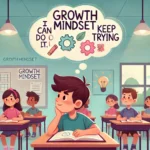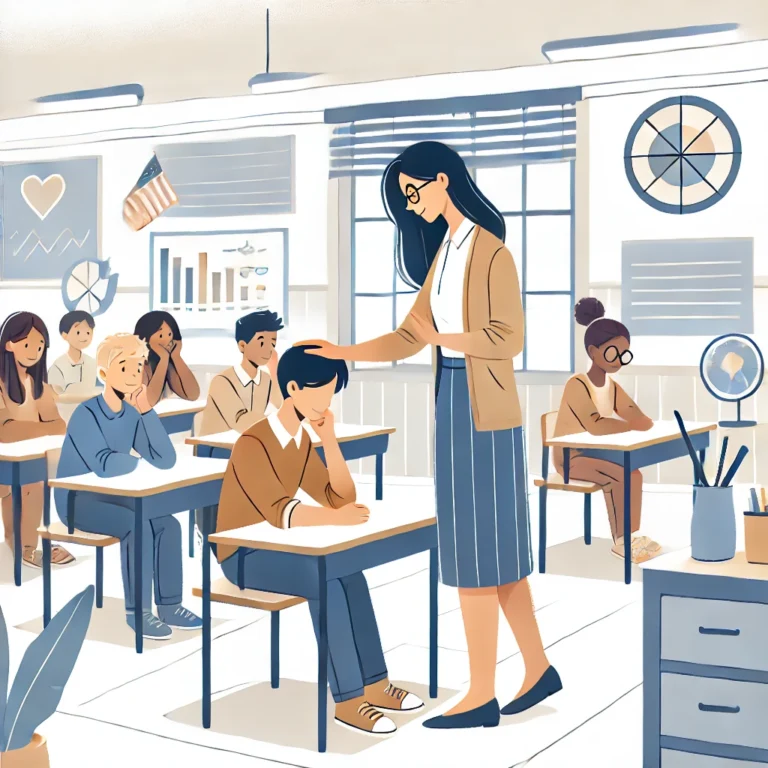Classroom disruptions are an inevitable part of teaching, but how they are handled can make a significant difference in maintaining a positive learning environment. Whether it’s a student calling out, talking during a lesson, or more serious behavioral issues, responding with grace and patience is essential for both the teacher and the students. Here are some strategies to manage classroom disruptions effectively while maintaining a calm and supportive atmosphere.
One of the first steps in handling disruptions is to establish clear expectations from the beginning. Set ground rules for behavior and participation at the start of the school year, and consistently reinforce them. When students understand what is expected of them, they are more likely to adhere to those expectations. Be sure to involve students in the process of creating these rules, as this can increase their sense of ownership and responsibility.
When a disruption occurs, it’s important to remain calm and composed. Reacting with frustration or anger can escalate the situation and create a negative atmosphere in the classroom. Instead, take a moment to assess the situation before responding. A calm demeanor not only helps you think more clearly but also sets a positive example for your students.
Addressing disruptions with empathy is another key component of maintaining a positive classroom environment. Often, students act out due to underlying issues, such as frustration, boredom, or personal challenges. Take the time to understand the root cause of the behavior. A gentle, private conversation with the student can often reveal what’s going on and provide insight into how to address the issue effectively.
In some cases, non-verbal cues can be an effective way to manage minor disruptions without interrupting the flow of the lesson. A meaningful look, a subtle gesture, or simply moving closer to the disruptive student can be enough to remind them of the classroom expectations. These non-verbal interventions allow you to correct behavior without drawing unnecessary attention to the disruption.
Consistency is crucial when dealing with classroom disruptions. Students need to know that the rules apply to everyone, all the time. Inconsistent enforcement of rules can lead to confusion and may encourage more disruptive behavior. By consistently applying consequences, you help students understand the importance of following the established guidelines.
Positive reinforcement is another powerful tool in managing classroom behavior. Instead of focusing solely on negative behavior, make a point to acknowledge and reward positive actions. Praise students for their cooperation, participation, and respect for others. This not only encourages good behavior but also fosters a positive classroom culture where students feel valued and motivated.
For more serious or repeated disruptions, it may be necessary to implement specific consequences. However, it’s important that these consequences are fair, proportionate, and clearly communicated in advance. Ensure that students understand the reasons for the consequences and how they can avoid similar issues in the future. Whenever possible, use consequences as a learning opportunity rather than simply as a punishment.
Involving parents and guardians can also be an effective strategy for managing ongoing behavioral issues. Communicate regularly with parents about their child’s behavior, both the positive and the challenging aspects. Collaboration with parents can provide additional support for the student and reinforce the importance of appropriate behavior both at home and at school.
Finally, reflect on your own practices and consider whether any adjustments might help reduce disruptions. Are your lessons engaging and appropriately challenging? Do students have opportunities to move and interact during class? Sometimes, making small changes to your teaching approach can have a big impact on student behavior.
Handling classroom disruptions with grace and patience is not always easy, but it’s an essential skill for creating a positive and productive learning environment. By setting clear expectations, responding calmly, and focusing on empathy and consistency, you can manage disruptions effectively while maintaining respect and support for all students.


